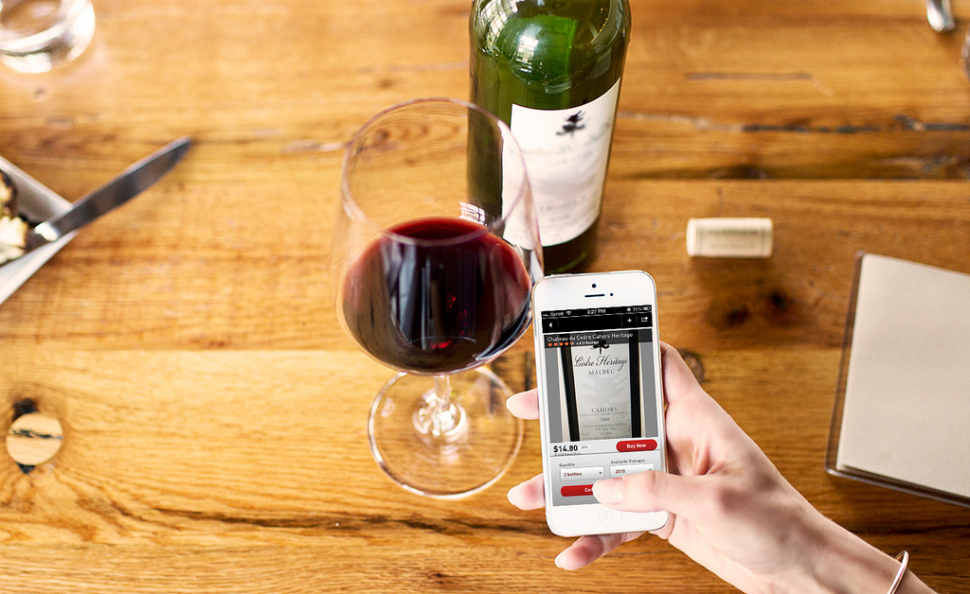Every so often, a weekend is paired best with a group of your best friends or co-workers together for dinner in celebration of the week. But 9 out of 10 times, the bottle for the table is chosen by your server/grad student trying to make a living or that snobby friend of yours that won’t drink anything under $80/bottle. We’ve all been there before, but looking at the wine rack gets us nowhere thanks to the millions of varietals, brands, and labels.
There is a Boston startup that is looking to develop the growing market of wine lovers and integrate them into connoisseurs willing to purchase via mobile applications. Drync allows you to take a photo of your favorite bottle of wine, scanning the label for hints or indicators to bring up as many details as possible. Within seconds, you are able to see the retail price of the wine you’re enjoying at dinner, space to leave a review, and in just a few clicks it can be delivered to your home. It’s a phenomenal tool that can finally eliminate all of those notepad documents on our phones with misspelled names of wine blends and vintages.
The startup began in 2008, and took many years to finally rally the support and financial backing to rise to the top of app charts. In 2009, the app sold for a price $5– with an obviously higher-scale target market. What I love most about this group of entrepreneurs isn’t their encouragement of mass wine consumption and under-the-influence mobile purchasing, but rather the education process; they have a great blog that is filled with content to help every wine drinker along the way. For the young lovers or the daily drinker, you can find simple history lessons to catch up on wine regions, grapes, and varietals. Their website also includes a featured area where they highlight some of their favorite wines, along with the highest rated wines according to the online community. Drync recently hit my radar thanks to a $900,000 investment and a great writeup from Tech Crunch.
The significance of this app lies in education of a niche product or passion and the rallying of a tribe of like-minded people. For someone like me, whose time is spent trying to get friends and family to put down the bottle of Sutter Homes and Yellowtail, I am eager to see the recommendations of someone outside of restaurants. The ability to create a scrapbook of the wines that I have tried means less wasted time, more intentionality, and an actual recollection of previously tasted wines. And for those of us that don’t have access to the vineyards of Northern California, we can drink confidently and courageously. I highly encourage you to download the app, mingle around, and prepare yourself for that next dinner. In minutes, you’ll be telling your friends about “your friend from Italy that recommends an excellent ’93 Cab varietal.”. You’ll thank me later.

